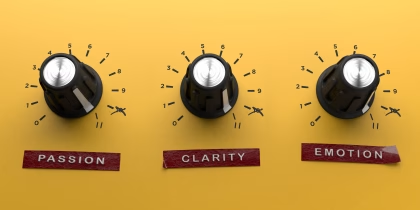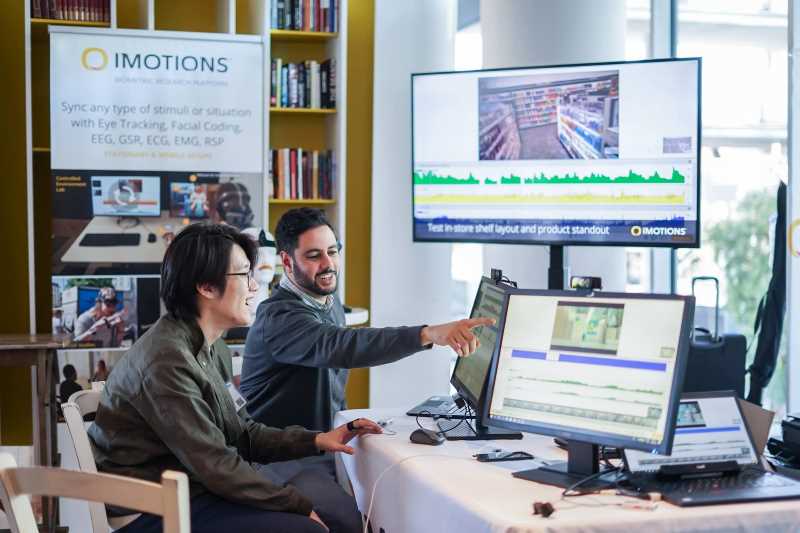Abstract: We conducted an eye-tracking study where 32 participants view distorted images of famous artwork and landmarks. We computed the gaze transition entropy and the stationary distribution entropy for their eyemovements both offline (post-process) and online (in real-time). We hypothesized that entropy of participants who recognized the images will be different from those who did not recognize. We also hypothesized that even though online values of the gaze transition entropy and the online stationary distribution entropy can be different, they should produce the same statistical models. Our results show that we could not recreate [Krejtz et al. 2015] results based only on the Monalisa stimulus. Our experimental data was more rigorous on different stimuli per participant, thus we plan to analyze the data on different levels and repeated measures to be able to draw more grounded interpretations of an individual’s transition patterns. We also were not able to validate the online approach for computing gaze transition entropy since our statistical analysis did not align with [Krejtz et al. 2015], however we also plan on revising our implementation and re-analyzing the data.
Related Posts
-

Why Dial Testing Alone Isn’t Enough in Media Testing — How to Build on It for Better Results
Consumer Insights
-

Tracking Emotional Engagement in Audience Measurement is Critical for Industry Success
Consumer Insights
-

How Real-Time Audience Intelligence Is Revolutionizing Modern Advertising
Consumer Insights
-

The Uncanny Valley And Designing Trust in Human-Robot Interaction
Academia



